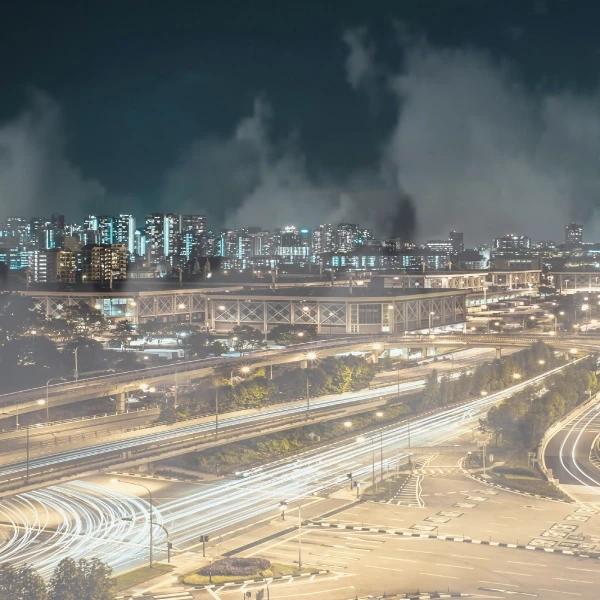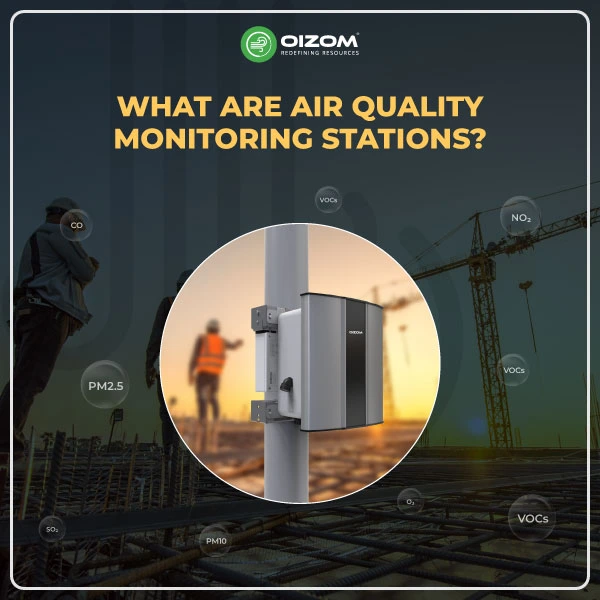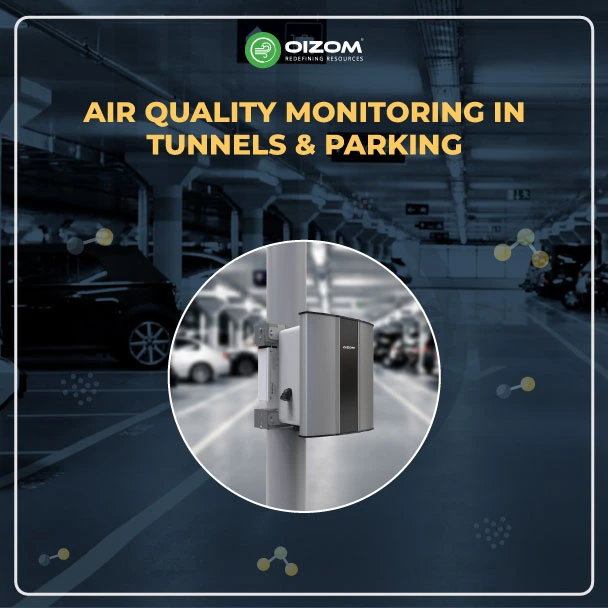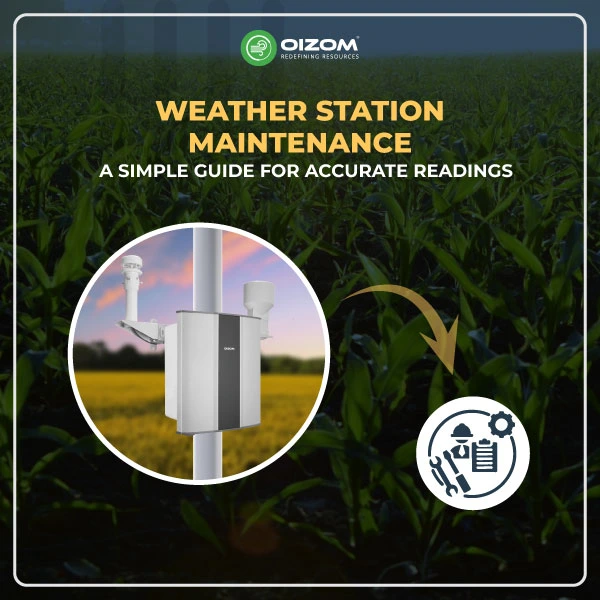Summary of Blog
Air quality control in cities is critical because urbanization and industrialization cause significant pollutants. Transportation, industry, electricity generation, and beauty items are some of the primary contributors. Cities must install robust systems, such as Oizom’s AI-integrated devices, to deliver real-time data to help make smarter decisions. India’s National Clean Air Programme aims to reduce PM levels by 20-30% by 2024. Setting reduction targets, using new technologies to monitor air quality, and enforcing policies are all part of effective management. Modern solutions, such as Pollution reduction, necessitate encouraging public transportation, reducing industrial emissions, increasing energy efficiency, and educating the general public. Comprehensive systems are necessary for creating healthy urban environments.
What is the future of air quality management for large cities?
In this developing world, cities are fast-paced and grow daily. However, this development also has negative effects on the environment.
With this, air pollution comes into the picture, which damages human health and the environment; someone said this sentence very clearly: “You can’t manage what you can’t measure.” Nine out of ten people breathe polluted air. Air pollution causes premature death and disease, harms our economy, and reduces the possibilities for our communities to prosper. The most vulnerable and marginalized communities in our cities face the greatest risk.
In this article, I will be sharing the guide to managing air quality in metropolitan cities, major issues related to air pollution in cities, and various mitigation strategies for reducing air pollution.
How does urbanization affect air quality?
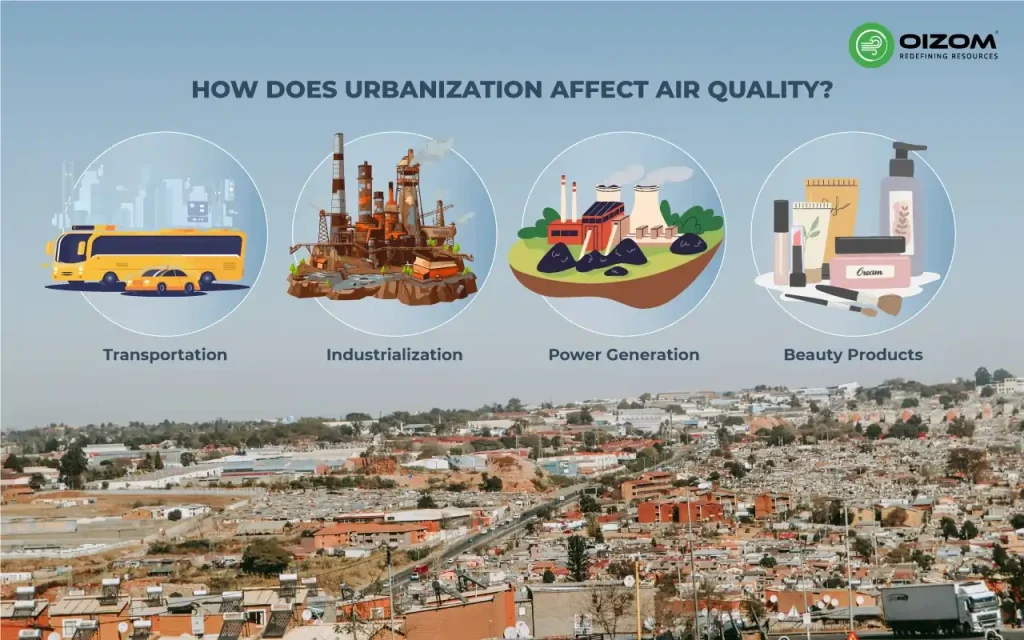
Urbanization and rapid industrialization have helped mankind by making living easier and more comfortable. However, both urbanization and industrialization have negative consequences for humanity, the most serious of which is air pollution. “Urban air pollution” refers to air pollution in and around cities. Denser populations endure higher levels of urban air pollution.
Volcanic eruptions, thunderstorms, surface dust, and naturally occurring particulate matter are all natural contributors to urban air pollution. Anthropogenic activities, such as transportation, residential use of fossil fuels, industrialization, electricity generation, combustion, agriculture, and beauty goods, continue to be key contributors.
There are various urban air pollution sources:
- Transportation: The use of private vehicles (especially older diesel versions) is the leading cause of urban air pollution. The United States Environmental Protection Agency estimates that transportation accounts for approximately 75% of VOC emissions (by weight) and approximately one-quarter of all particulate matter in the air.
- Industrialization: It also contributes significantly to urban air pollution, as areas with industry have particularly bad air quality. The combustion of fossil fuels and the use of chemicals in factories emit a large amount of harmful gasses. These gases interact with one another and with other atmospheric elements. Factories are believed to leak approximately 80 distinct poisons into the air, ranging from asbestos and dioxin to lead and chromium.
- Power Generation: Increasing population leads to increasing energy demand. To meet that need, fossil fuels are being used extensively to generate energy since they are inexpensive and easily available. Coal-fired power facilities are a significant source of urban air pollution.
- Beauty Products: A recent study reveals that using cosmetic products contributes to urban air pollution. Most cosmetics and perfumes contain volatile organic compounds (VOCs), which are emitted during usage and contribute to urban air pollution. With a rising population, the usage of these beauty products increases, as does pollution.
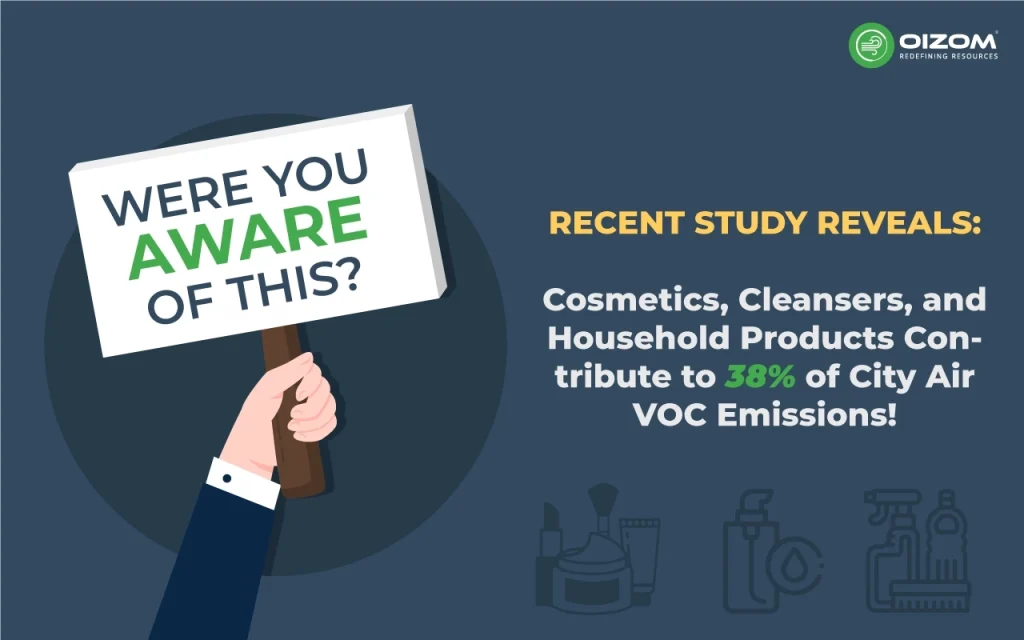
Why is air pollution an issue in cities?
Air pollution is an issue in cities for various reasons, including the abundance of pollution sources such as automobile traffic and the concentration of population in a single region.
Urban regions, with their dense populations and high traffic volumes, generate a considerable amount of hazardous pollutants such as particulate matter (PM2.5 and PM10), nitrogen oxides (NOx), sulfur dioxide (SO2), carbon monoxide (CO), and volatile organic compounds. These contaminants can enter deep into the lungs and bloodstream, causing respiratory and cardiovascular disorders, as well as early mortality.
Furthermore, air pollution causes environmental damage. It can cause structural damage, reduced vision, and harm to wildlife and vegetation.
Smog, a major urban air pollution concern, is caused by the interaction of sunlight with pollutants such as NOx and VOCs, resulting in ground-level ozone, which is particularly damaging to human health and the environment.
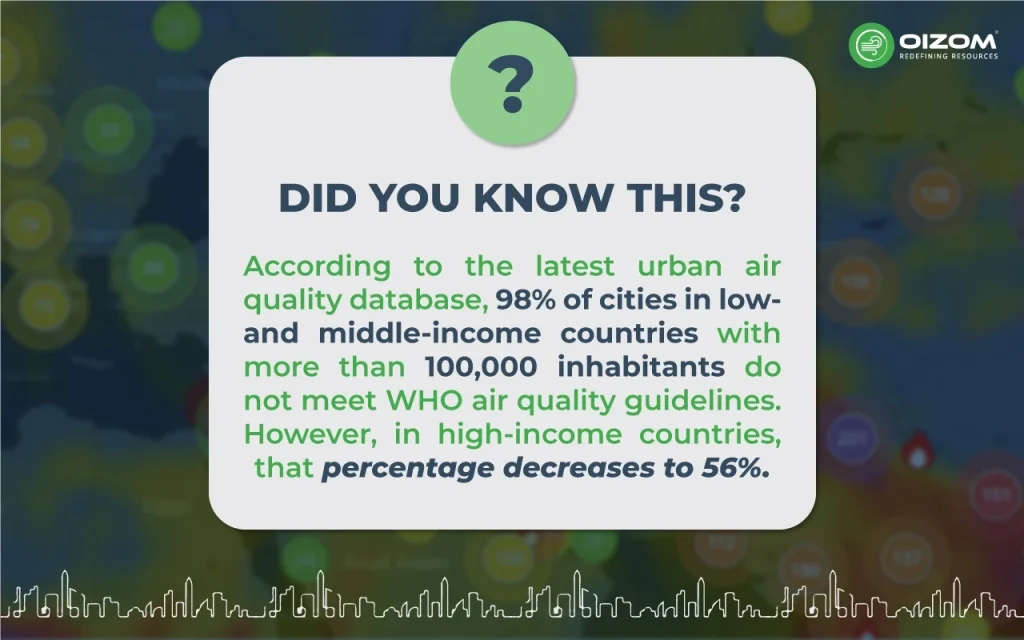
Air Quality Management in Cities
I want to discuss the Indian cities’ challenges in managing air quality. Most Indian cities have poor air quality, with high concentrations of PM 2.5. India is home to 21 world’s top 30 most polluted cities. In recent decades, increased urbanization, automobile population expansion, inadequate infrastructure to assist municipal solid waste disposal, and biomass burning for cooking have exacerbated the situation in metropolitan areas.
Approximately 80% of the urban population is subjected to air quality that does not satisfy the Central Pollution Control Board’s ambient PM10 level (60 μg/m3).
Recently, Indian states and the national government have implemented several programs to combat air pollution. They have discussed many air quality management (AQM) components, including setting targets to lower air pollution levels, monitoring air quality and source status, devising air quality control methods, implementing policies on the ground, and conducting continuous evaluations.
Although India has progressed in certain AQM components, given its present air quality condition, population, and geographic scope, it demands more serious attention.
The initial purpose of AQM is to set targets for reducing air pollution levels. The National Clean Air Programme (NCAP), which was launched in January 2019, has set a goal of 20-30% reduction in PM concentrations by 2024 for India’s 122 non-attainment cities. However, to achieve effective on-the-ground results from the NCAP aim, a city-scale goal for each air pollution source sector is required, which currently doesn’t exist in many urban areas.
How can one monitor air quality in cities?
Careful monitoring of air quality provides a better understanding of the contributing sources of air pollution, pollution levels, and the effectiveness of policy solutions.
This considerable investment is worthwhile because it provides trustworthy results. With the introduction of new monitoring methodologies, it is recommended to set up a strategic monitoring station that combines various air quality monitoring approaches, such as regular emission inventory preparation, installation of Low-Cost Sensors (LCS), and satellite-based air quality monitoring in areas where monitoring stations are lacking.
The rapidly expanding lower-cost air quality sensor market presents valuable new urban quality work opportunities. City staff must navigate many options around sensor selection, network installation, and data management.
With clear communication and collaboration between cities and technology providers, new sensor technologies and data management platforms can more efficiently and effectively help solve urban air quality problems.
Governments worldwide have installed Air Quality Monitoring Systems (AQM) to tackle air pollution in smart cities.
Most AQMs are now Artificial Intelligence integrated with sensor-based technologies. This helps it do more than just detect pollution levels. This is why having a real-time air quality monitoring system is integral to combating air pollution in a Smart city.
It can assist the authorities and residents in numerous ways by monitoring with Oizom devices, which helps cities monitor air quality.
It provides real-time accurate data on its cloud platform envizom. The company offers data-driven environmental solutions for better decision-making. Its various Air Quality Monitoring systems are customizable according to the needs of each environment. Oizom has successfully installed a number of AQMs in various smart cities across the globe.
How to reduce air pollution in cities
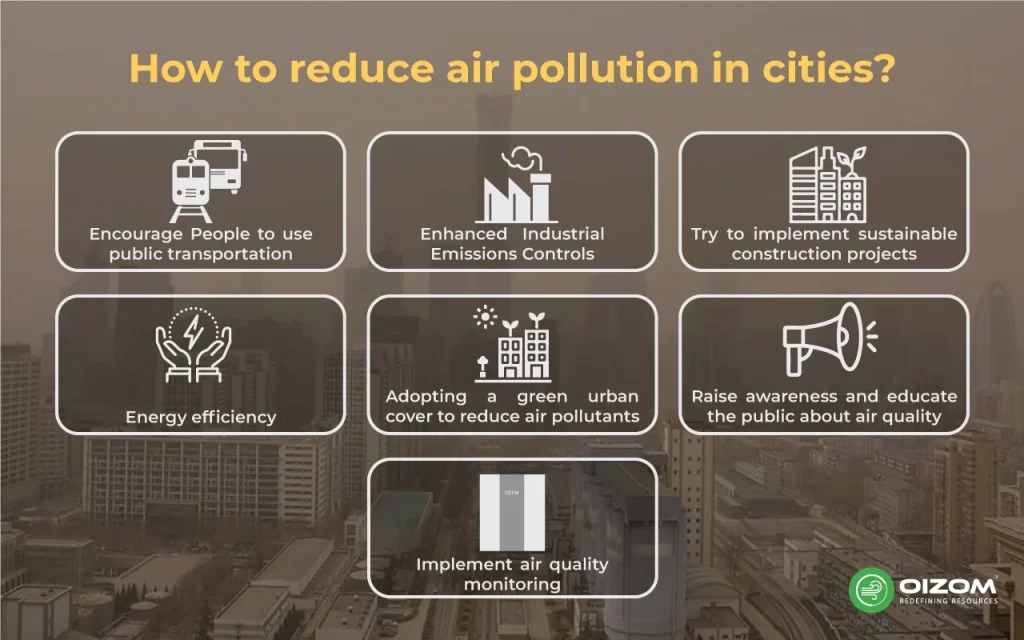
While urban air quality can worsen, much research on the subject informs us and drives necessary action. C40 Cities, a network of city mayors focused on climate action, suggests a number of actions that can be taken to improve urban air quality. Here are some ways one can implement to reduce air pollution in cities.
- Encourage People to use public transportation.
- Enhanced Industrial Emissions Controls
- Try to implement sustainable construction projects
- Energy efficiency
- Adopting a green urban cover to reduce air pollutants.
- Raise awareness and educate the public about air quality
- Implement air quality monitoring
Municipal governments can address air pollution sources and their communities’ effects by developing and enforcing municipal rules, codes, and action plans promoting cleaner air. Individual actions, such as taking public transportation instead of driving a private vehicle, can help, but the problem eventually requires more effort.
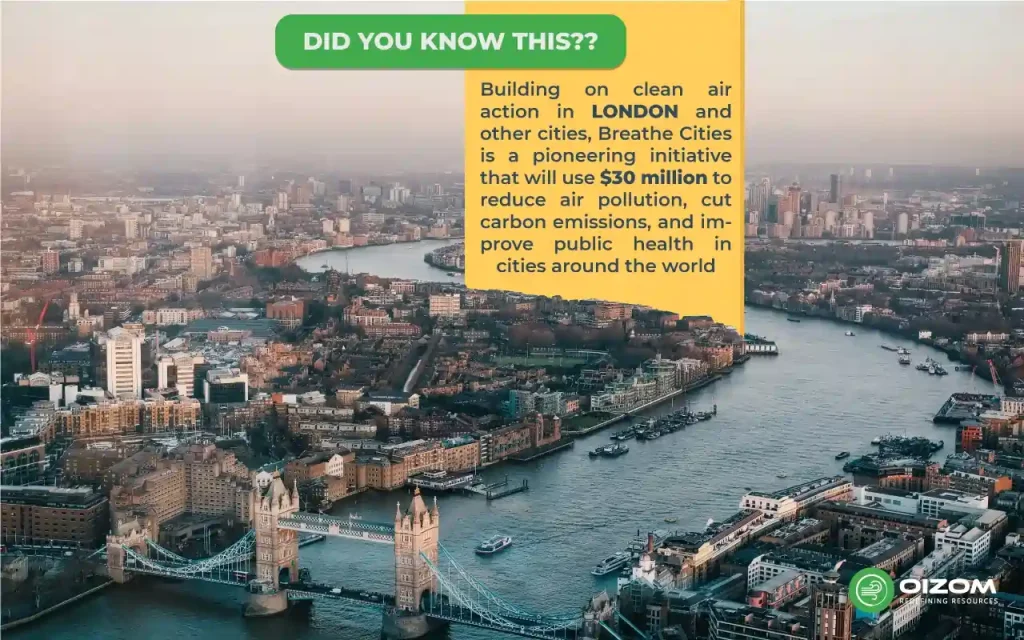
Conclusion
Finally, cities require a reliable and accurate high-resolution, neighborhood-level air quality monitoring network.
India now has currently 100 Smart Cities, which are meant to serve as models for the country’s other growing cities and villages. Current problems, capital costs, operation and maintenance charges, reliability and accuracy, and dependency on primary and secondary variables should all be factored into the decision matrix.
An effective air quality monitoring system is an important step toward implementing better air quality management, allowing citizens to breathe clean air as is their right.

